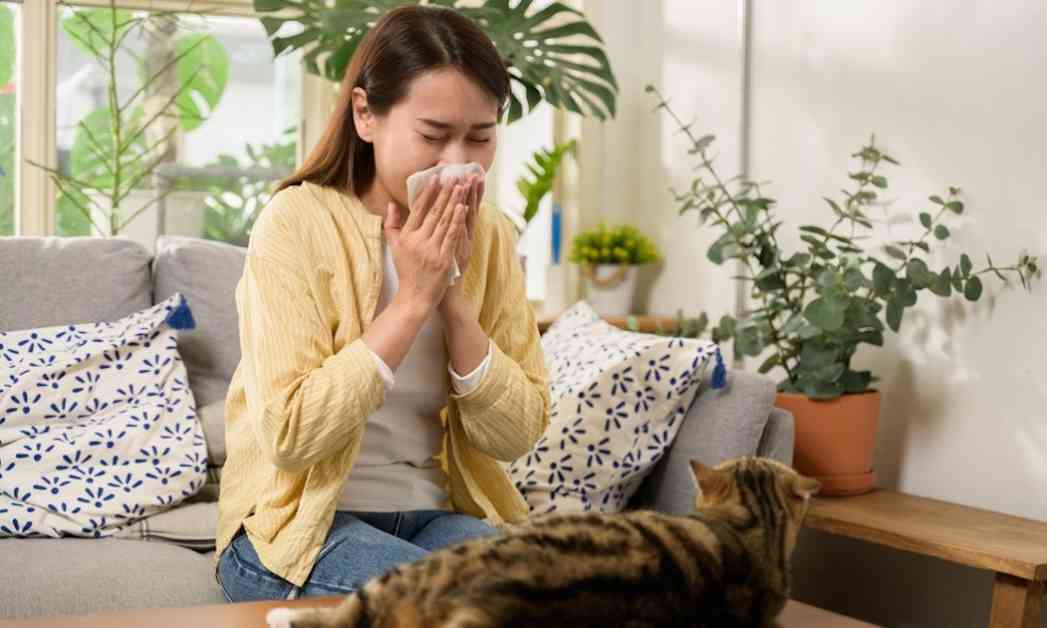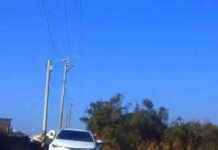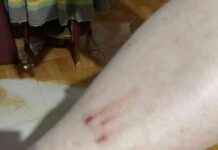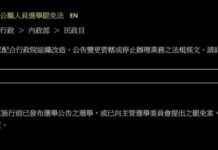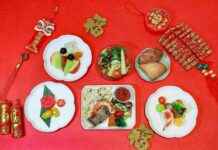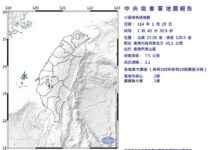All-Natural Hand Health Method for Allergic Rhinitis Relief: Instant Nasal Breathing Technique
As spring and autumn roll around each year, outpatient clinics see a surge in patients suffering from allergies, especially allergic rhinitis. Those with a history of allergies know the struggle of dealing with annoying symptoms for one to two months each season, which can be quite bothersome. Additionally, once allergies strike one year, they often reoccur in subsequent years.
In China, many people struggling with allergies find it challenging to locate a specialized department for allergy treatment. They may end up visiting dermatologists, who then refer them to another specialty known as “allergenology.” Modern medicine accurately labels the body’s allergic reactions as “allergies.”
Sometimes, the indiscriminate use of anti-allergy medications can lead to rashes or even internal organ issues. If toxins are not properly eliminated, it can cause imbalances in organ function, leading to severe complications. Such cases are common in clinical settings.
People suffering from allergies endure a lot of discomfort, constantly sneezing and dealing with a runny nose every morning. It can be embarrassing to continuously blow one’s nose at the dinner table, significantly impacting their quality of life. During the spring season, when encountering allergic rhinitis patients, a comprehensive treatment plan is essential.
Initially, prescribing a nasal congestion remedy containing gypsum and chrysanthemum helps dispel internal heat and expel wind from the body. Then, incorporating perilla leaf and mint helps open the nasal passages, effectively treating allergic rhinitis.
After prescribing the herbal remedy, I often share a little trick with patients to alleviate nasal congestion caused by allergic rhinitis. Based on my clinical experience, adjusting the spine and neck vertebrae can aid in diagnosing and treating allergic rhinitis.
Instant Nasal Breathing Technique
Behind the neck, there are two acupoints called “Fengchi,” approximately five centimeters away from each other vertically and horizontally. When there is a particularly tender spot around this area, gently pressing it will cause immediate pain relief, allowing for instant nasal breathing, almost like magic.
It’s important to note that massaging the surrounding areas of Fengchi acupoints by pressing, rubbing, or kneading can effectively alleviate allergic rhinitis symptoms. Remember, if nasal congestion is severe, apply pressure around the Fengchi acupoints. However, be gentle and precise in your movements, as excessive force can be harmful. If you find it challenging to do it yourself, seek assistance from a family member to massage the area gently. Consistent practice yields significant results, and in some cases, patients may not even require medication if they continue massaging the Fengchi area at home.
For severe nasal congestion, apply firm pressure around the Fengchi acupoints.
Book Introduction
This article is excerpted from “The Yellow Emperor’s Inner Canon: Manual Health Methods Without Medication,” published by Fortress Culture. The author, Wu Guozhong, a renowned medical expert and martial arts practitioner, integrates traditional Chinese medicine, Taoism, and martial arts techniques for self-care.
The recommended self-care method involves using hands to diagnose, treat, and maintain health through techniques such as pushing, grasping, pressing, and massaging.
The Three Key Concepts of the Book:
1. Minimize Medication Dependency: While medication is sometimes necessary, the book emphasizes reducing reliance on drugs.
2. Learn Entry-Level Techniques and Understand Differential Diagnosis: Gain insights into why specific techniques are effective.
3. Understand the Limitations of Traditional Chinese Medicine: Avoid unnecessary treatments and embrace a candid approach to health issues.
The ancient adage “the dose makes the poison” resonates with the author’s observations over years of medical practice. Overreliance on medication can sometimes lead to adverse effects surpassing the original ailment, causing significant harm to patients.
Contrastingly, the “Yellow Emperor’s Inner Canon” primarily focuses on acupuncture, moxibustion, guidance, and massage, mentioning only thirteen herbal formulas. This discovery prompted the author to delve deeper into non-pharmaceutical treatment methods.
With the rising occurrence of adverse reactions to Chinese herbal medicine, the author opts to minimize the use of such remedies. Chronic conditions like hypertension, diabetes, gastrointestinal issues, and gynecological problems can be effectively managed through manual techniques like pushing, grasping, pressing, and massaging.
Massage methods, self-diagnosis, and the integration of traditional Chinese medicine into daily life form the core of the recommended health regimen. The book advocates using hands for diagnosis, treatment, and self-care, aligning with the principles of traditional Chinese medicine.
Book Contents
“The Yellow Emperor’s Inner Canon” Disease Perspective: Understanding the root cause of illnesses.
Self-Diagnosis Techniques from the Yellow Emperor’s Inner Canon: Utilizing hands for self-examination.
Pain Relief through Acupressure: Alleviating ailments like colds, allergies, neck pain, back pain, menstrual cramps, chronic fatigue, diabetes, hypertension, cancer, and fever in infants.
Daily Exercise for Health: Basic exercises derived from Chinese martial arts.
Guide to Traditional Chinese Therapies: Exploring foot baths, cupping, gua sha, moxibustion, and stretching techniques based on the concepts of tonifying and purging.
Special Feature: Addressing the elusive phenomenon of “death from overwork.”
Book Highlights
Blending classic Chinese medical texts with practical self-care methods applicable to modern individuals.
Promoting drug-free approaches that everyone can easily incorporate into their routine.
Emphasizing disease prevention, treatment, and enhancing overall quality of life through a holistic health perspective.
Easy-to-learn, safe, and effective natural healing techniques accessible to the general public.
Comprehensive self-diagnostic and relief methods for various common and chronic ailments, catering to a wide range of individuals.
Incorporating the ancient wisdom of traditional Chinese medicine into everyday health practices, the book offers a holistic approach to self-care, encouraging readers to embrace manual techniques for improved well-being.
